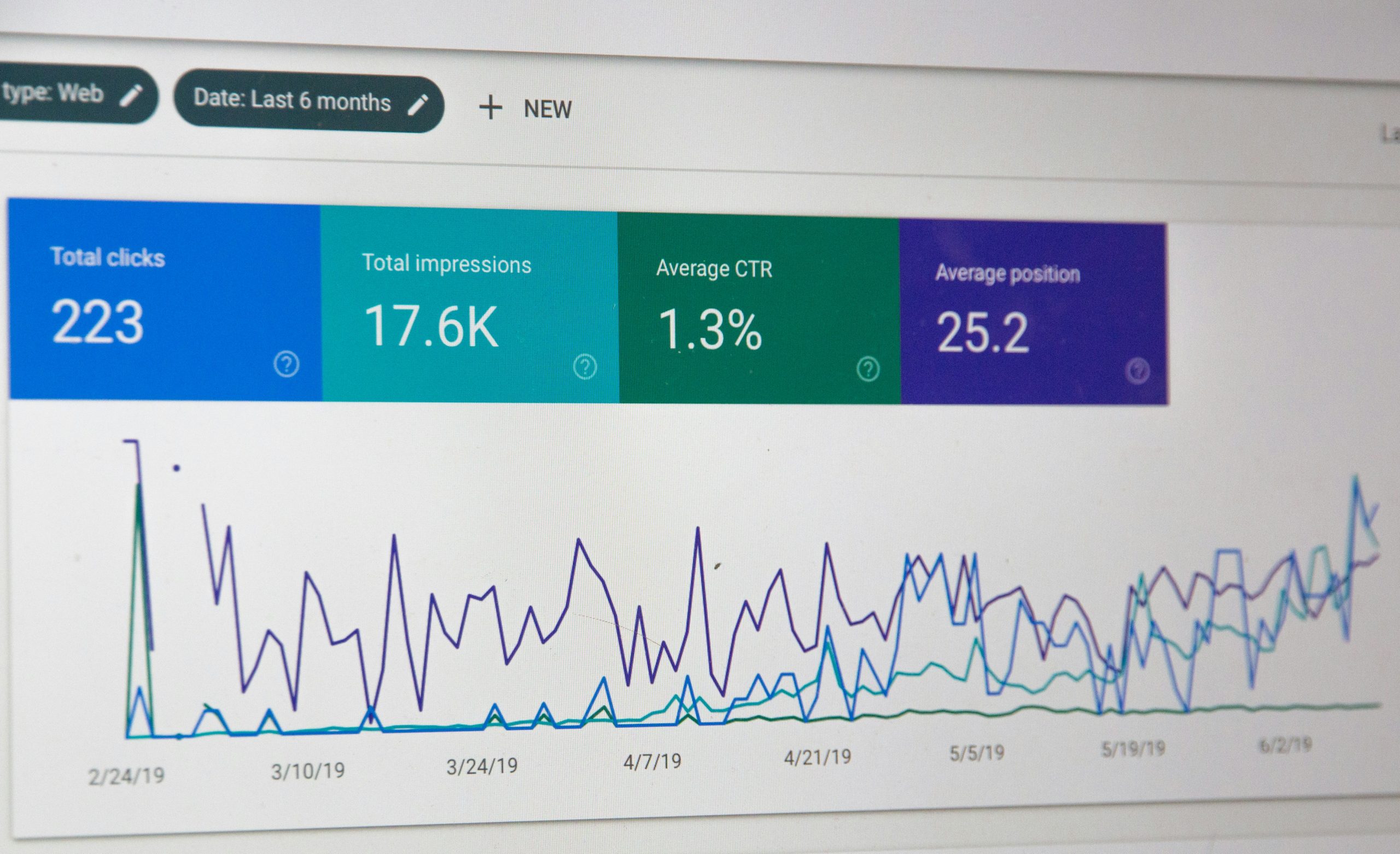In today’s digital landscape, content is king, but what truly reigns supreme is the ability to keep your audience engaged. Imagine stumbling upon a fascinating blog post that perfectly captures your interest—only to find yourself lost in an endless scroll of unrelated content once you reach the end. This experience can lead to missed opportunities for deeper exploration and connection with other related topics on your site. Enter Bricks Builder, a powerful tool designed not just for crafting visually stunning websites but also for enhancing user experience through smart content curation.
In this article, we’ll dive into the art of creating a Related Posts query in Bricks Builder—a technique that will not only enrich your readers’ journey but also boost your site’s SEO potential by keeping visitors on your page longer. By seamlessly integrating relevant articles and posts, you can create a web of interconnected knowledge that invites users to explore further. Whether you’re managing a personal blog or curating professional resources, mastering this skill will transform how visitors interact with your content and elevate their overall experience. Ready to unlock the secrets behind effective related posts? Let’s get started!
Why Use Related Posts? Benefits Explained
Implementing related posts can significantly enhance user experience on your website. When visitors see suggestions for additional content that aligns with their interests, they are more likely to stay longer and explore further. This not only reduces bounce rates but also encourages deeper engagement with your site, fostering a sense of community around the topics you cover.
Moreover, related posts can boost SEO by increasing the amount of time users spend on your pages, signaling to search engines that your content is valuable and relevant. By strategically linking related articles, you create an interconnected web of information that guides readers through a narrative or theme tied to their interests. This approach also helps distribute link equity throughout your site, improving the visibility of both popular and less-trafficked posts. Ultimately, incorporating a well-crafted related posts section isn’t just about keeping people around longer; it’s about creating a rich tapestry of knowledge that enhances the overall value of your website.

Setting Up Bricks Builder Environment
Setting up your Bricks Builder environment is a crucial step to ensure seamless creativity and efficiency in building with this versatile tool. Start by familiarizing yourself with the user interface and its powerful features, such as the dynamic data capabilities and robust styling options. This not only boosts your productivity but also elevates your design possibilities, allowing you to craft visually stunning layouts that stand out.
Additionally, consider organizing your workspace by installing essential plugins that enhance functionality. Plugins like Advanced Custom Fields (ACF) can significantly enrich your content management experience, enabling you to create custom fields for unique data handling – especially important for tasks like constructing a related posts query. Ensuring compatibility between Bricks Builder and these add-ons is vital; this creates a harmonious environment where each component complements the other, enabling you to focus on creating rather than troubleshooting frequently faced issues.
Lastly, it’s beneficial to set up a dedicated staging site to test changes without affecting your live project. This not only gives you peace of mind but encourages experimentation without hesitation—an essential mindset when working on complex queries or layouts in Bricks Builder. With an optimized environment tailored specifically for your workflow, you’re poised to unleash creative potential as you dive into more intricate topics like crafting related posts queries effortlessly.
Creating a Custom Query for Related Posts
To create a custom query for related posts in Bricks Builder, consider starting with the taxonomy and attributes that best define your content. Instead of relying solely on categories or tags, look at factors such as post type, custom fields, and metadata that can provide deeper connections between your posts. This not only enhances user engagement through relevant suggestions but also improves SEO by creating a web of interlinked content.
Once you’ve determined the criteria for relevance, utilize the built-in query builder feature to structure your logic efficiently. You can implement advanced parameters like ‘posts_per_page’ to control how many related articles are displayed or introduce randomization elements to surprise returning visitors. Additionally, leveraging conditional statements can help tailor the display based on user behavior—showing more posts from an author who has been actively engaged with similar topics or prioritizing newer content over older ones. With such strategies, you empower readers to dive deeper into themes they love while keeping them within your site ecosystem longer.

Adding Dynamic Content to Your Query
Enhancing your related posts query with dynamic content opens up exciting possibilities for customization and user engagement. By leveraging Bricks Builder’s capabilities, you can integrate variables or parameters that change based on the context of the current post. Imagine displaying related articles not only by category but also influenced by recent popularity metrics or user interaction history, creating a more tailored experience that resonates with individual visitors.
To achieve this, consider tapping into custom fields or taxonomies to finetune your queries dynamically. For instance, you could filter for posts that share similar keywords with the current page, ensuring users are introduced to content that’s precisely aligned with their interests. This method fosters deeper connections as readers feel they’re being led down a path crafted just for them, enhancing site stickiness and reducing bounce rates.
Additionally, incorporating real-time data—such as trending topics from social media or analytics-driven insights—can transform static queries into ever-evolving ones that reflect the pulse of your audience’s preferences at any given moment. Utilizing tools like ACF (Advanced Custom Fields) alongside Bricks Builder can set your related posts apart by showcasing a mix of evergreen and timely content in perfect harmony—encouraging engagement without overwhelming users.
Styling Your Related Posts Section
When styling your related posts section, consider the visual hierarchy to guide readers’ attention seamlessly. Utilizing a card layout can add depth and dimension; think about varying the size of images or text based on their relevance or recency. This not only grabs attention but also enhances user experience by making it easier for visitors to scan through relevant content.
Incorporate subtle animations or hover effects to create an interactive feel that engages users further. For instance, as users roll over a related post, use fade transitions or slight scaling effects to make the element stand out without overwhelming the overall design. Additionally, leveraging contrasting colors in backgrounds can help this section pop while ensuring it aligns with your site’s branding.
Finally, don’t underestimate the power of typography in your styling choices. Mixing font weights for titles and descriptions can create interest and improve readability—bold headings signal importance while softer body text invites exploration. By thoughtfully curating these aesthetic details, you cultivate an inviting atmosphere that encourages visitors to delve deeper into your content landscape.

Testing Functionality of the Query
Testing the functionality of your related posts query is a crucial step in ensuring that your content delivery resonates with users. One effective way to gauge its performance is by checking how well the algorithm matches the interests of your target audience. For instance, analyze user behavior metrics after implementing your query—do readers engage more with suggestions? If you notice spikes in click-through rates or dwell time on linked posts, it’s clear that the relational logic you’ve embedded is hitting the mark.
Another insightful approach involves A/B testing different configurations of your query. Try adjusting parameters such as post types or tags to discover which combinations yield better results. Experimenting with these variables not only fine-tunes your approach but also sheds light on reader preferences and content trends within your niche. Remember, even subtle changes can lead to significant shifts in engagement levels; iterate based on tangible data rather than assumptions for optimal outcomes.
Lastly, consider integrating user feedback loops into this process—encouraging visitors to rate their experience with related posts can provide invaluable qualitative insights. You’ll gain immediate knowledge of what captivates reader interest or what misses the mark entirely. Combining quantitative analytics with qualitative feedback creates a comprehensive understanding that empowers you to refine not just the query itself but also enriches overall user interaction on your site. Engaging users actively transforms static elements into dynamic touchpoints within their browsing journey, enhancing both satisfaction and site navigation efficiency.
Conclusion: Boosting Engagement with Related Content
Incorporating related content into your website is more than just a strategy for retaining visitors; it’s an art of storytelling that enhances the user experience. By curating a cohesive narrative through your related posts, you not only keep users engaged longer but also guide them along a journey tailored to their interests. This layered approach allows each piece of content to build on the last, encouraging deeper exploration and creating a natural progression through your site.
Additionally, leveraging visually appealing designs in Bricks Builder can amplify this connection significantly. Thoughtfully crafted thumbnails and snippets can entice users to click through while aligning aesthetically with your overall site theme. Moreover, using dynamic elements like hover effects or animations can infuse energy into static posts, transforming navigation into an engaging experience rather than a monotonous task. Ultimately, when you seamlessly weave together relevant content, you foster a vibrant community around shared interests—turning casual drop-ins into loyal readers who eagerly return for more insights and inspiration.




